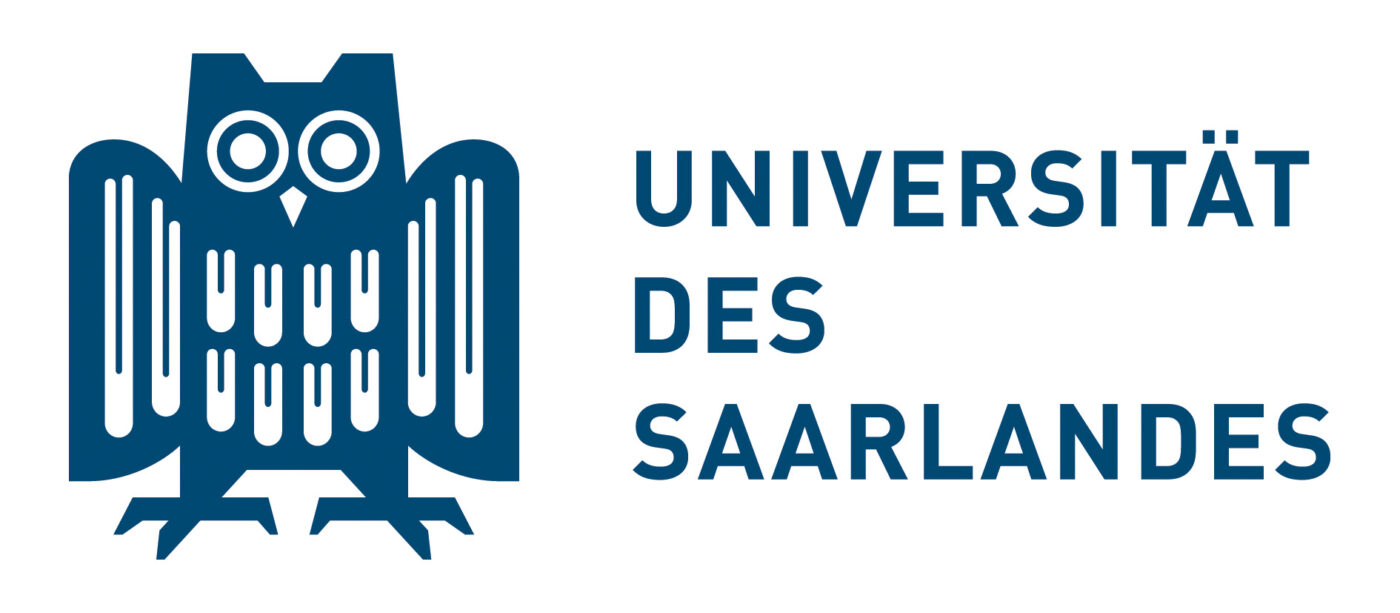Ziel
Erstellung eines fledermausförmigen Prototyps, der ein unkonventionelles Antriebssystem darstellt. Durch die Verwendung von SMA- und DE-Materialien, kann das von der Natur vorgesehenen Muskelsystem so ähnlich wie möglich nachempfunden werden.
Ergebnis
- Fledermausförmiges Design in Mikrogröße
- Unkonventionelle nachgiebige Gelenke
- Unkonventioneller Kunstmuskel mit SMA-Draht
- Kann mit den Flügeln schlagen
Ausblick
Der Prototyp wird dank der innovativen nachgiebigen Gelenke vollständig im 3D-Druckverfahren hergestellt, ohne dass Lager- oder andere Metallteile verwendet werden müssen. Dies ermöglicht ein schnelles und kostengünstige Prototypisierung. Außerdem kann der Roboter mit einer Hand gefaltet werden, ohne zu brechen. Das SMA verhält sich sehr ähnlich wie die Muskeln in der Natur. In Zukunft sollen ein größerer Freiheitsgrad implementiert werden, wobei auch intelligente DE-Membranen für die Flügel verwendet werden.
Anwendungsbereiche
- Aereodynamik
- Modellierung
- Überwachungsrobotik
Entwickelt von
Prof. Dr.-Ing. Stefan Seelecke
Neuer Entwurf: Domenico Bevilacqua


